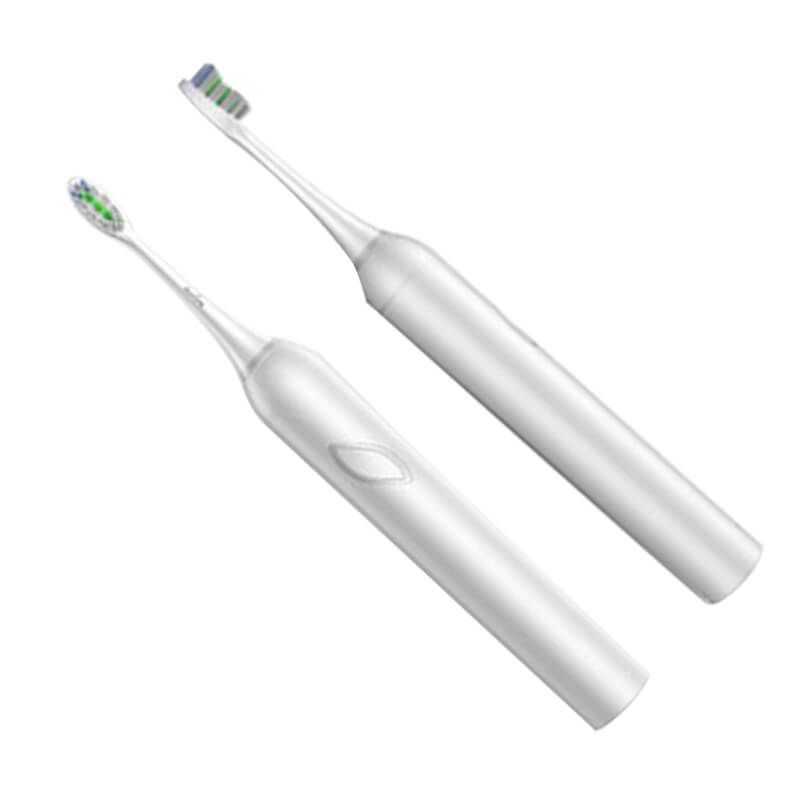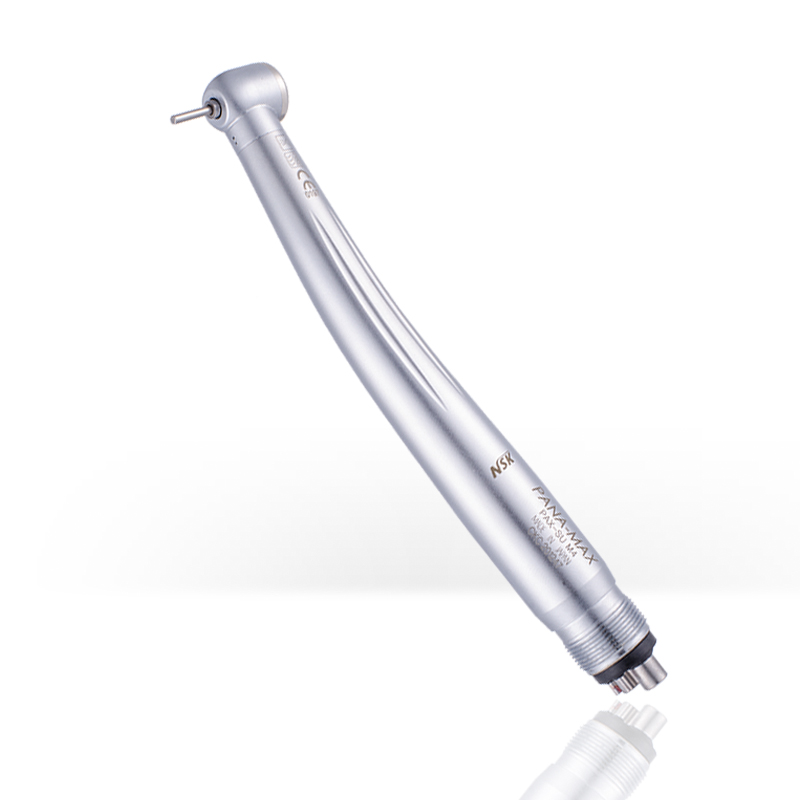
Parents Must Know: Additives For Children’s Toothpaste
In the last article, we mentioned why children’s toothpaste now recommends 1000 ppm of fluoride. What else should we pay attention to when choosing toothpaste?
In fact, I think it’s okay. Basically, as long as you master the principle of “use rice grain-sized toothpaste every time under 3 years old, and pea-sized toothpaste every time between 3 and 6 years old”, the effect of toothpaste ingredients will not be affected if it is used in small amounts. Too big, the focus is still on brushing your teeth.
Will the abrasive cause excessive deciduous teeth?
Some toothpastes are soft and gelatinous, some toothpastes are paste-like, and some even feel one by one. These may be related to toothpaste abrasives. Abrasives are particles that help to clean the teeth and rub the surface of the teeth to make the teeth cleaner when brushing.
Some toothpastes, especially adult toothpastes, have an advertised “whitening” effect, which may have larger abrasive particles. Pay attention to whether it will hurt your teeth after a long time.
In clinical practice, there are indeed some people who brush their teeth too hard and will cause marks on the surface of the teeth to be brushed. But clinically, I haven’t seen children brushing their teeth excessively due to any factors, causing the teeth to have marks of being brushed, but it is very common to bite nails and toys to make an indentation in front teeth. The common problem of deciduous teeth is tooth erosion, and tooth wear is rare.
Permanent teeth may brush too much, but excessive tooth brushing is really rare. The presence or absence of abrasives is not the point. In general, the toothpaste of children is not too abrasive. Parents are advised not to be too nervous. If you really care, you can choose toothpaste without abrasives, or avoid toothpaste with “whitening” effect.
Is there any problem with toothpaste foam?
The other ingredient that was asked was the foaming agent, that is, the ingredient that makes the toothpaste full of bubbles. The most common is Sodium Lauryl Sulfate (SLS sodium lauryl sulfonate), which has good foaming ability and interfacial activity, and often appears in dishwashing liquid and bath milk.
Previous studies have shown that there is no significant difference in the cleaning effect between toothpaste with SLS and toothpaste without SLS. However, the controversy of SLS is that some people think that the use of high concentration may be related to malignant transformation, but there is no good evidence to support it.
Therefore, I feel that the presence of SLS foaming agent does not affect safety, and may even be of positive help. In addition, the problem of brushing teeth with bubbles may be a more fun and enjoyable experience for children. It may be helpful for children to like to brush their teeth.
“This product does not contain triclosan”
Triclosan is not a good thing, but what is it? Triclosan (triclosan, triclosan, TCS) has been said to have a carcinogenic risk. Some years ago, there were news reports that some toothpastes contained this ingredient and it was a buzz.
Interestingly, the US Food and Drug Administration (FDA) has banned soap and hand soap from containing triclosan, but it is allowed in toothpaste. At least in a statement issued in December 2017, the FDA still believes that triclosan has a role in gingivitis. helpful.
The effect of triclosan on adults may be controversial, but the impact on children may be relatively large. Some studies have shown that the use of triclosan may cause respiratory allergies and affect endocrine in children.
Although the toothpaste contains triclosan, it may really help reduce inflammation and inhibit bacteria, but it may pose a higher risk. To put it another way of thinking, toothpaste has many mothproofing additives with better risk and lower risk, such as fluorine and xylitol, will the mothproofing effect of a toothpaste without triclosan be much worse? Xiaoya personally feels okay, there are many things that can be replaced, and there are indeed many toothpastes on the market that do not add triclosan.
Therefore, it is not recommended for children to use toothpaste with triclosan.
Other new patents and new ingredients can be considered by yourself
In addition to the basic fluorine and sugar substitutes, the ingredients of toothpaste have always been new. Such as green tea, propolis, milk protein extract ingredients that advertise better prevention of tooth decay, or which country’s new patent can use a new formula that does not use fluorine, or what enzyme.
In addition to green tea and milk protein, those things that I think might be effective, other things can not be asserted that they are effective or not.
Maybe some are effective, some are just gimmicks, parents can try it, but still remember that principle, toothpaste is only auxiliary, brushing is the real help!
View more dental toothbrushes at www.dentalinbox.com.
Summary:
- Do not use adult whitening toothpaste for children, because the abrasive may be larger.
- The abrasive of children’s toothpaste can hardly hurt children’s teeth.
- The presence or absence of foaming agent (SLS) does not affect children’s dental health.
- It is not recommended for children to use toothpaste containing triclosan.





